Buy now, pay later (BNPL) products like Afterpay and Klarna promise to disrupt and democratise traditional finance by providing a fairer and more empowering financial product. Yet critics argue these products...
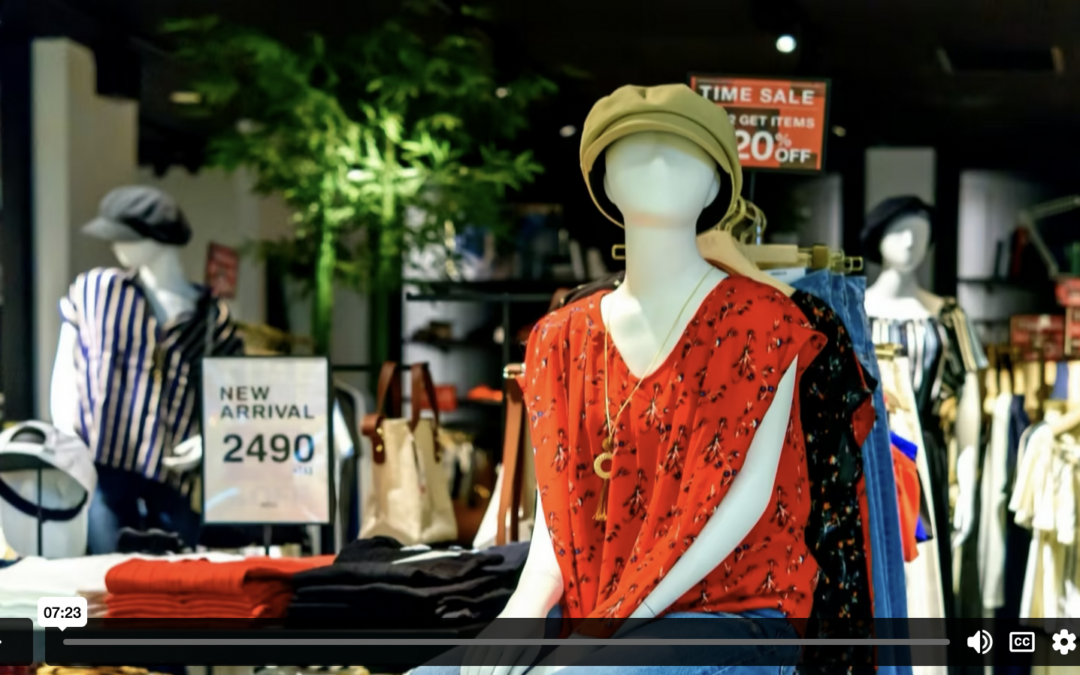

Buy now, pay later (BNPL) products like Afterpay and Klarna promise to disrupt and democratise traditional finance by providing a fairer and more empowering financial product. Yet critics argue these products...
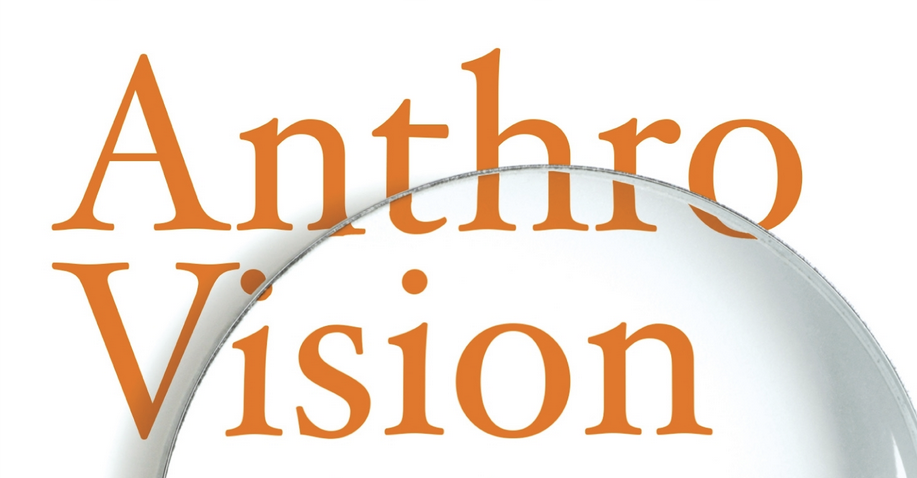
Anthro-Vision: A New Way to See in Business and Life Gillian Tett 2021, 304 pp, Avid Reader Press / Simon & Schuster → Watch Simon Roberts in conversation with Gillian Tett & Donna Flynn Ulf Hannerz once proposed that “common sense is cultural ‘business as usual’; standard operating...

Samantha – One of Us, and All of Us On a rainy spring afternoon, Samantha was absentmindedly reading the news as a procrastination tool between her two zoom calls, and finding the headlines even bleaker than usual. Unemployment numbers around the world had just hit historic highs, the mortality...
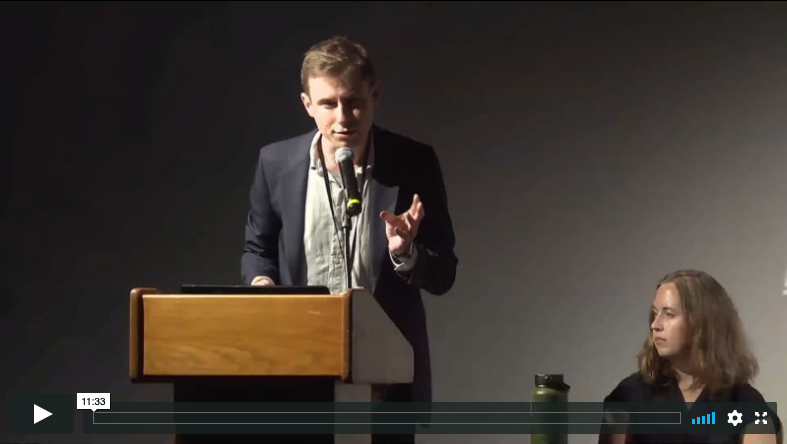
*Apologies for the poor sound quality. We're working on it and hope to have an improved version available soon. Case Study—This case study will present how a multicultural and multidisciplinary team from EPAM Continuum, the global innovation design firm, gathered, analyzed, and presented back...
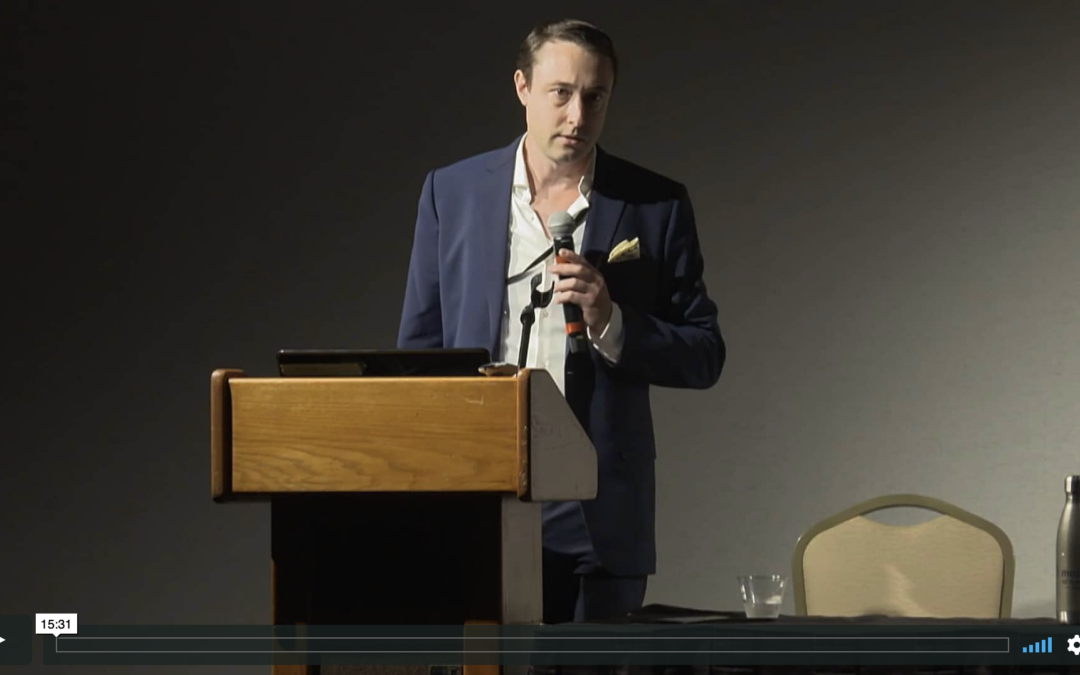
Case Study—Trust motivates people’s uptake and use of digital financial services (DFS). Understanding the socio-cultural determinants of DFS trust are needed to scale financial access and drive financial inclusion. These are core components of international development strategies, such as the...
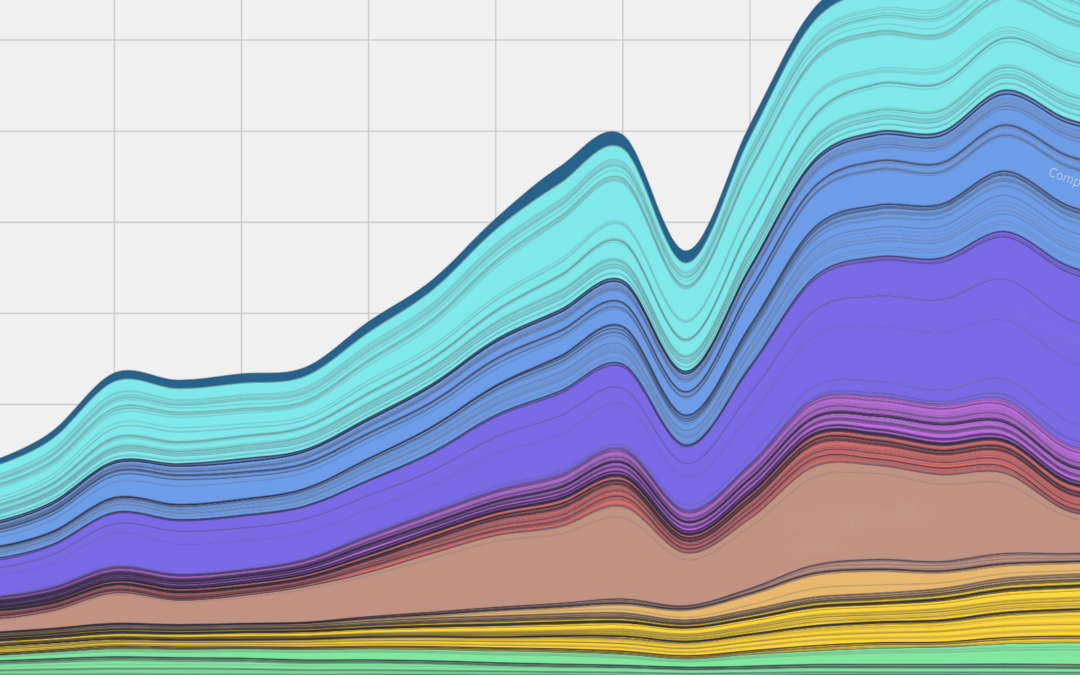
Evidence produced within quantitative disciplines like economics and finance carries an aura of gospel. The numbers, models, and forecasts we see in economic reports and market analyses in the news and reports seem certain, authoritative, and unarguable. Built on large data sets that are analyzed...
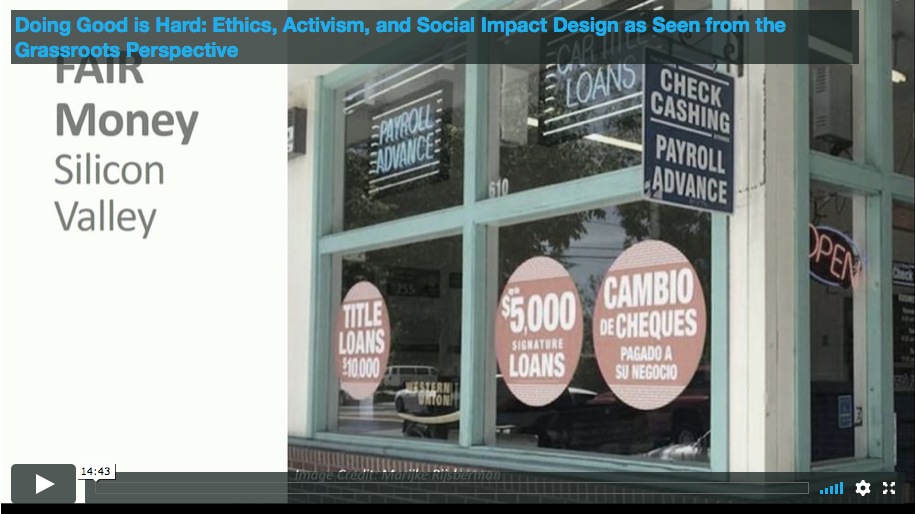
This paper shares the experiences of two teams of design professionals working on parallel grassroots social impact design projects to address poverty and financial precarity in Silicon Valley and London. This paper explores challenges facing these teams as they channel a sense of moral outrage...
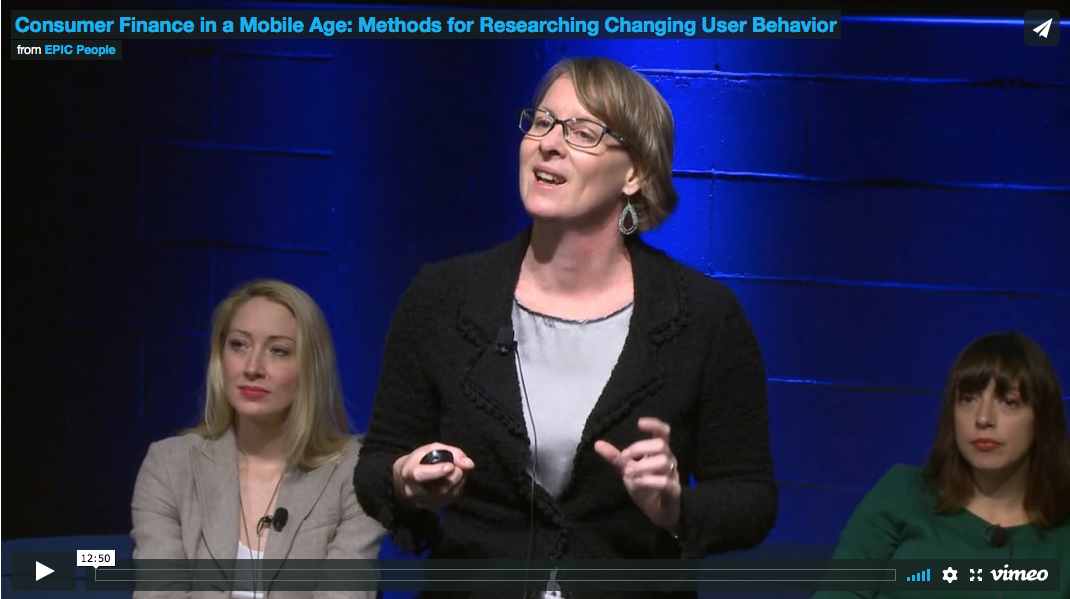
Consumer finance markets are being transformed by the increasing mobility of people, products, technology, and information. This presents challenges for understanding changing consumer behaviour and building adaptable business models. Researchers are rising to meet these challenges by adapting...
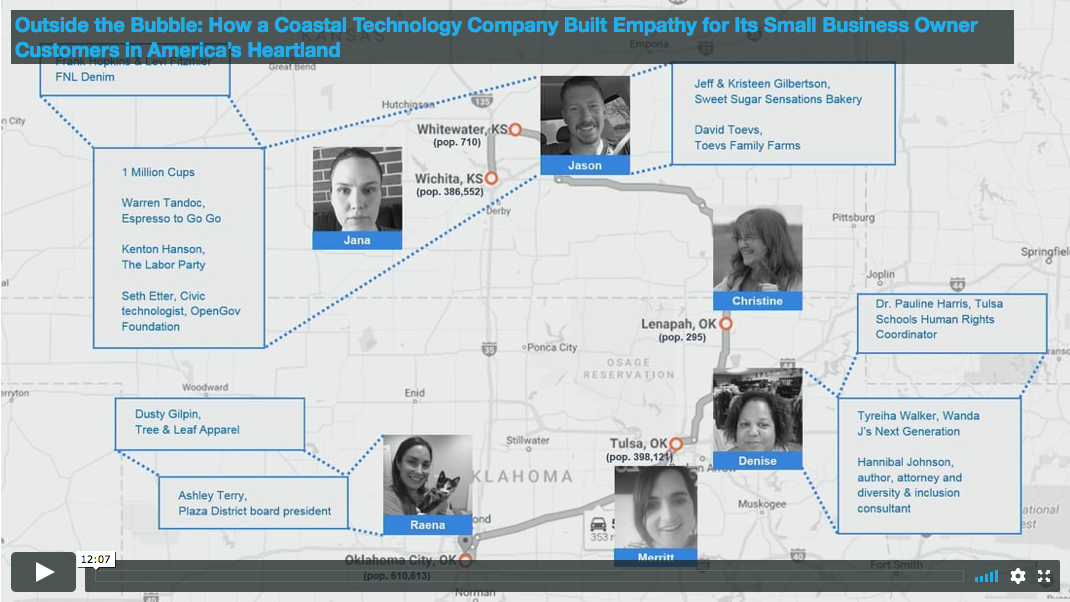
This case examines an effort by San Francisco-based Square to gain a better understanding of its customers who reside outside of major metropolitan areas. The first part of the case provides detail on research: a mobile ethnography study of small business owners conducted over a two-week period at...
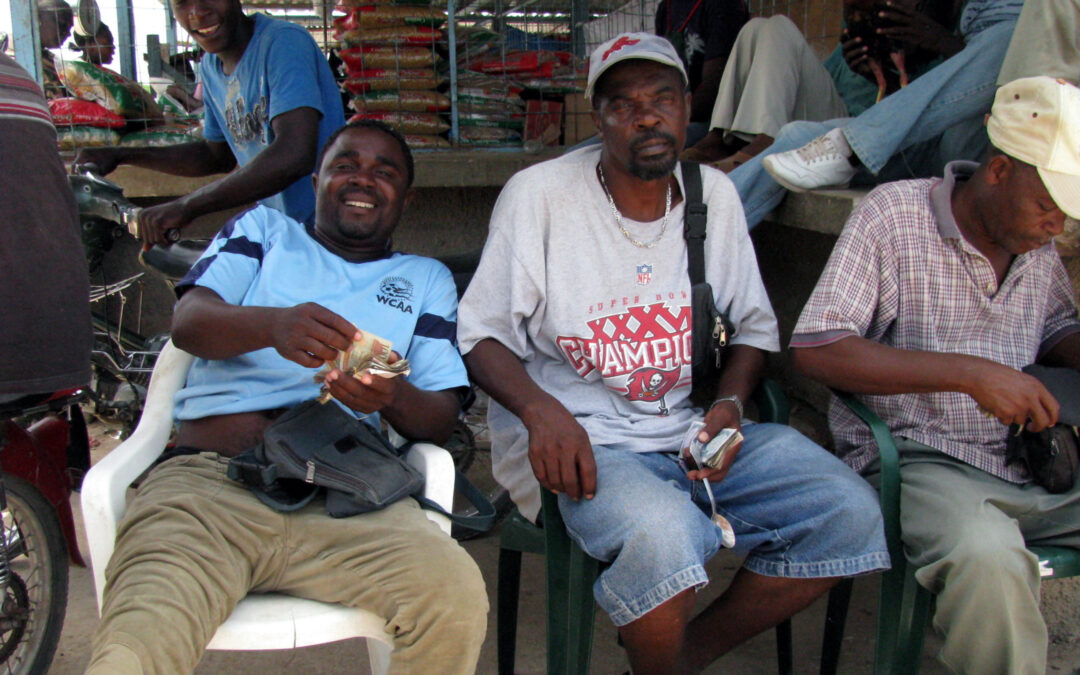
On 1 June, 2012, I arrived at the British Museum to attend the opening of its newly renovated Citi Money Gallery. This was an exciting moment for me: inside was a display of money-related objects and images from Haiti that I collected with Heather Horst and Espelencia Baptiste for a research...